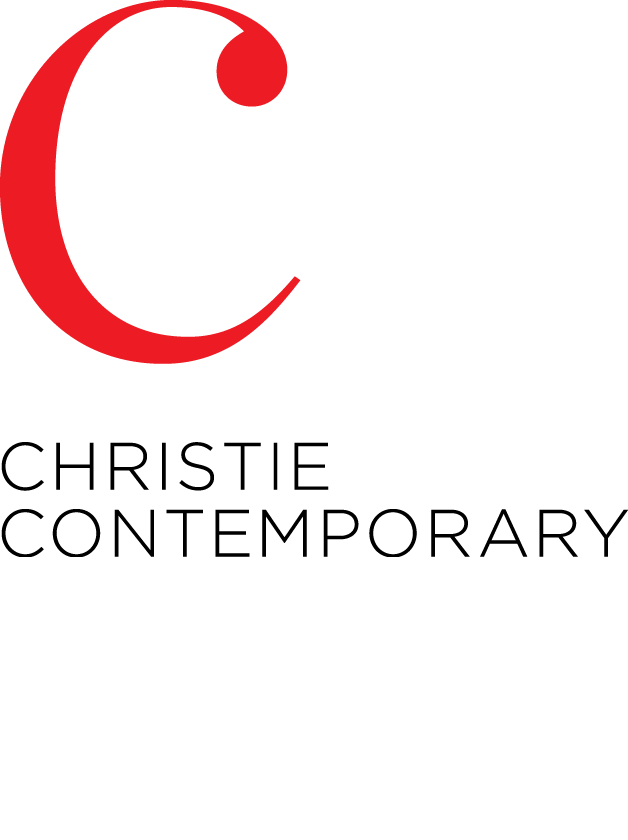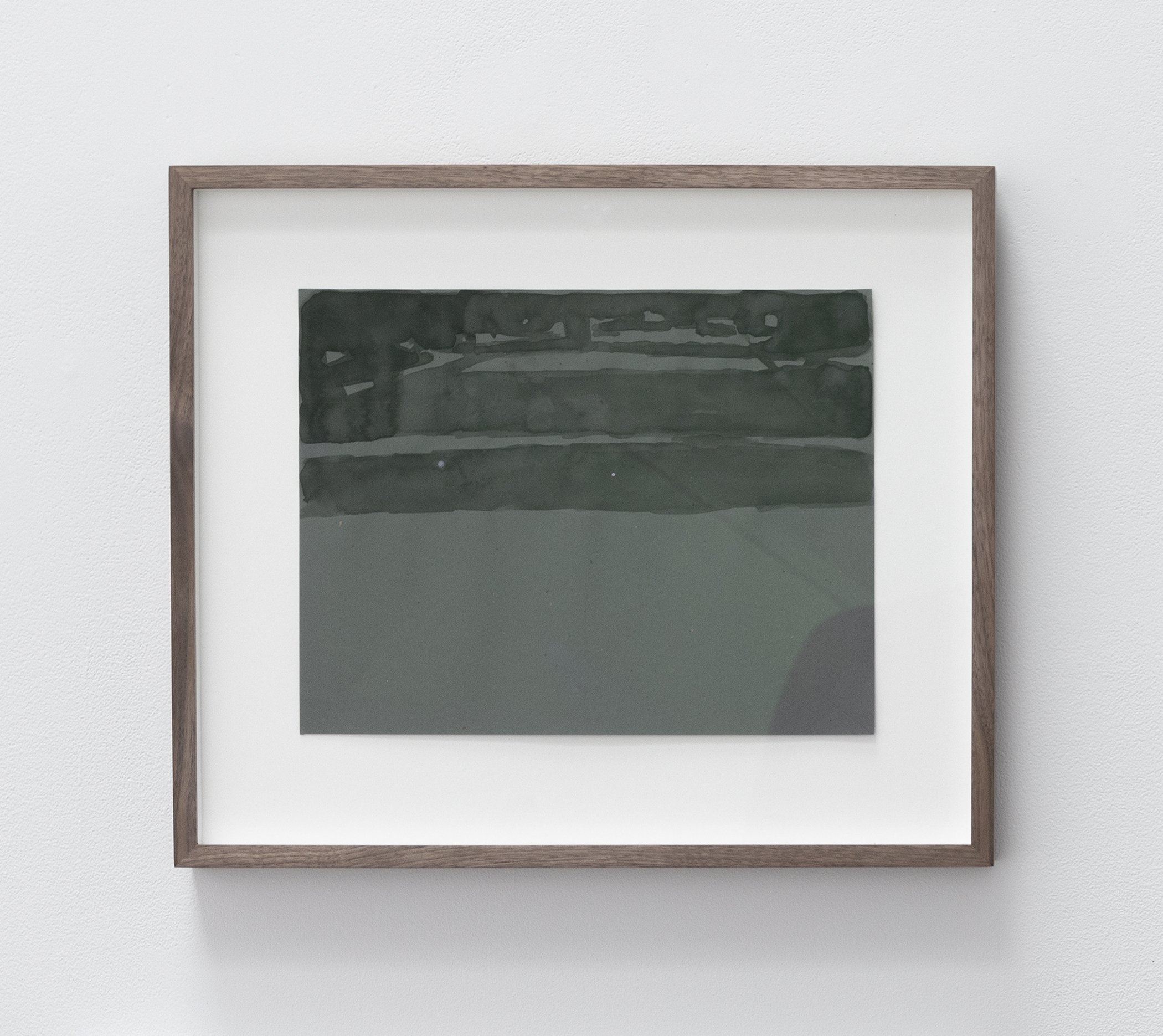Each painting in A Distant Echo depicts a scene imbued with a sense of remove, of nebulous layers of distance. Like the found photograph that prompted the initial Mirage paintings, most of these images were amassed years ago, self-reflexively echoing an earlier phase of Ostoff’s artistic practice, and simultaneously pointing to an even more distant elsewhere, and elsewhen. In some cases, he depicts this remove pictorially, as a distant vista or horizon line, but it might also be demonstrated atmospherically, through a painterly methodology predicated on reduction and restraint. Less interested in lifelike representation, Ostoff’s aim is to approximate a quality of image as filtered through memory, utilizing the painting process to make each scene feel subtly defamiliarized, illusory, and just out of reach. If the dominant mood of this work is nostalgic, it has an ambiguously anxious register, shaped by the uncertainties of our current moment — nostalgia both for a now-foreclosed past, and for the surety of how we used to think the future would unfold.


